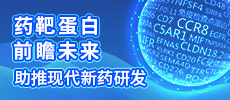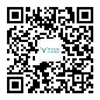Recombinant Mouse Protein UXT (Uxt)
-
货号:CSB-YP894354MO
-
规格:
-
来源:Yeast
-
其他:
-
货号:CSB-EP894354MO
-
规格:
-
来源:E.coli
-
其他:
-
货号:CSB-EP894354MO-B
-
规格:
-
来源:E.coli
-
共轭:Avi-tag Biotinylated
E. coli biotin ligase (BirA) is highly specific in covalently attaching biotin to the 15 amino acid AviTag peptide. This recombinant protein was biotinylated in vivo by AviTag-BirA technology, which method is BriA catalyzes amide linkage between the biotin and the specific lysine of the AviTag.
-
其他:
-
货号:CSB-BP894354MO
-
规格:
-
来源:Baculovirus
-
其他:
-
货号:CSB-MP894354MO
-
规格:
-
来源:Mammalian cell
-
其他:
产品详情
-
纯度:>85% (SDS-PAGE)
-
基因名:Uxt
-
Uniprot No.:
-
别名:Uxt; Protein UXT; Ubiquitously expressed transcript protein
-
种属:Mus musculus (Mouse)
-
蛋白长度:full length protein
-
表达区域:1-157
-
氨基酸序列MATPPKRRAL DTVGEKVLRY ETFISDVLQR DLQKVLDHRD KVYEQLSVYL QLRNVIERLQ ETNHSELYMQ VDLGCNFFVD TVVPDTSRIY VALGYGFFLE LTLAEALKFI DRKSSLLTEL SDSLTKDSMN IKAHIHMMLE GLRELQGLQN FPEPSTH
-
蛋白标签:Tag type will be determined during the manufacturing process.
The tag type will be determined during production process. If you have specified tag type, please tell us and we will develop the specified tag preferentially. -
产品提供形式:Lyophilized powder
Note: We will preferentially ship the format that we have in stock, however, if you have any special requirement for the format, please remark your requirement when placing the order, we will prepare according to your demand. -
复溶:We recommend that this vial be briefly centrifuged prior to opening to bring the contents to the bottom. Please reconstitute protein in deionized sterile water to a concentration of 0.1-1.0 mg/mL.We recommend to add 5-50% of glycerol (final concentration) and aliquot for long-term storage at -20℃/-80℃. Our default final concentration of glycerol is 50%. Customers could use it as reference.
-
储存条件:Store at -20°C/-80°C upon receipt, aliquoting is necessary for mutiple use. Avoid repeated freeze-thaw cycles.
-
保质期:The shelf life is related to many factors, storage state, buffer ingredients, storage temperature and the stability of the protein itself.
Generally, the shelf life of liquid form is 6 months at -20°C/-80°C. The shelf life of lyophilized form is 12 months at -20°C/-80°C. -
货期:Delivery time may differ from different purchasing way or location, please kindly consult your local distributors for specific delivery time.Note: All of our proteins are default shipped with normal blue ice packs, if you request to ship with dry ice, please communicate with us in advance and extra fees will be charged.
-
注意事项:Repeated freezing and thawing is not recommended. Store working aliquots at 4°C for up to one week.
-
Datasheet :Please contact us to get it.
靶点详情
-
功能:Involved in gene transcription regulation. Acts in concert with the corepressor URI1 to regulate androgen receptor AR-mediated transcription. Together with URI1, associates with chromatin to the NKX3-1 promoter region. Negatively regulates the transcriptional activity of the estrogen receptor ESR1 by inducing its translocation into the cytoplasm. May act as nuclear chaperone that facilitates the formation of the NF-kappa-B enhanceosome and thus positively regulates NF-kappa-B transcription activity. Potential component of mitochondrial-associated LRPPRC, a multidomain organizer that potentially integrates mitochondria and the microtubular cytoskeleton with chromosome remodeling. Increasing concentrations of UXT contributes to progressive aggregation of mitochondria and cell death potentially through its association with LRPPRC. Suppresses cell transformation and it might mediate this function by interaction and inhibition of the biological activity of cell proliferation and survival stimulatory factors like MECOM.; Plays a role in protecting cells against TNF-alpha-induced apoptosis by preventing the recruitment of FADD and caspase 8 to the apoptotic complex I, composed of TRADD, TRAF2 and RIPK1/RIP.
-
基因功能参考文献:
- Our study has revealed the first in vivo function for UXT in the mammalian germline as a regulator of distinct transcriptional programs in SSCs and differentiating spermatogonia. PMID: 29649254
- UXT Is a LOX-PP Interacting Protein That Modulates Estrogen Receptor Alpha Activity in Breast Cancer Cells. PMID: 28106301
- UXT-V1 represents a novel integral component of the MAVS signalosome on mitochondria, mediating the innate antiviral signal transduction. PMID: 22131337
- these results suggest that Als2 is a binding partner of Uxt and Als2/Uxt interaction could be important for the activation of Nf-kappaB pathway. PMID: 21907703
- Ubiquitously expressed transcript, UXT-V1, is a novel regulator of TNF-induced apoptosis. It protects cells against TNF-induced apoptosis through modulating complex II formation. PMID: 21307340
- Uxt is a novel and essential cofactor in the NF-kappa B transcriptional enhanceosome. PMID: 17620405
显示更多
收起更多
-
亚细胞定位:[Isoform 1]: Cytoplasm.; Cytoplasm. Nucleus. Cytoplasm, cytoskeleton, microtubule organizing center, centrosome. Cytoplasm, cytoskeleton, spindle pole.
-
蛋白家族:UXT family
-
数据库链接:
KEGG: mmu:22294
STRING: 10090.ENSMUSP00000115342
UniGene: Mm.34779
Most popular with customers
-
Recombinant Human Pro-neuregulin-1, membrane-bound isoform (NRG1), partial (Active)
Express system: Mammalian cell
Species: Homo sapiens (Human)
-
Recombinant Human Nectin-4 (NECTIN4), partial (Active)
Express system: Mammalian cell
Species: Homo sapiens (Human)
-
Recombinant Human Prolactin receptor (PRLR), partial (Active)
Express system: Mammalian cell
Species: Homo sapiens (Human)
-
Recombinant Macaca fascicularis zymogen granule protein 16 homolog B (ZG16B) (Active)
Express system: Mammalian cell
Species: Macaca fascicularis (Crab-eating macaque) (Cynomolgus monkey)
-
Recombinant Macaca fascicularis Transmembrane 4 L6 family member 1 (TM4SF1)-VLPs (Active)
Express system: Mammalian cell
Species: Macaca fascicularis (Crab-eating macaque) (Cynomolgus monkey)
-
-
Recombinant Human C-C chemokine receptor type 9 (CCR9)-VLPs (Active)
Express system: Mammalian cell
Species: Homo sapiens (Human)
-
Recombinant Human Tumor necrosis factor ligand superfamily member 15(TNFSF15) (Active)
Express system: Mammalian cell
Species: Homo sapiens (Human)


-AC1.jpg)
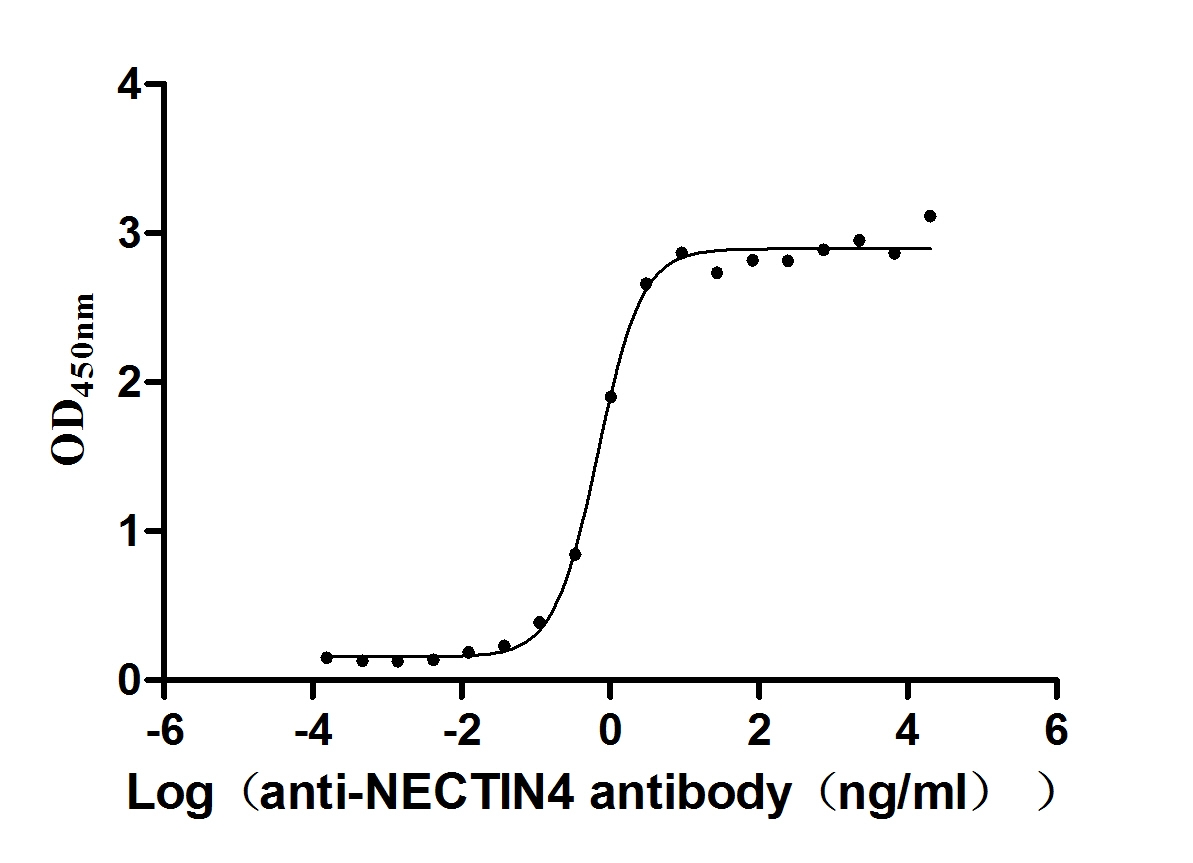
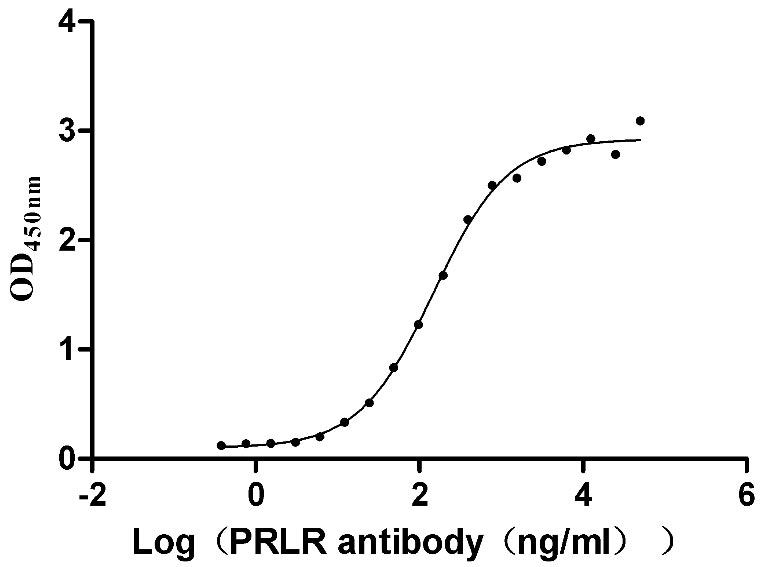
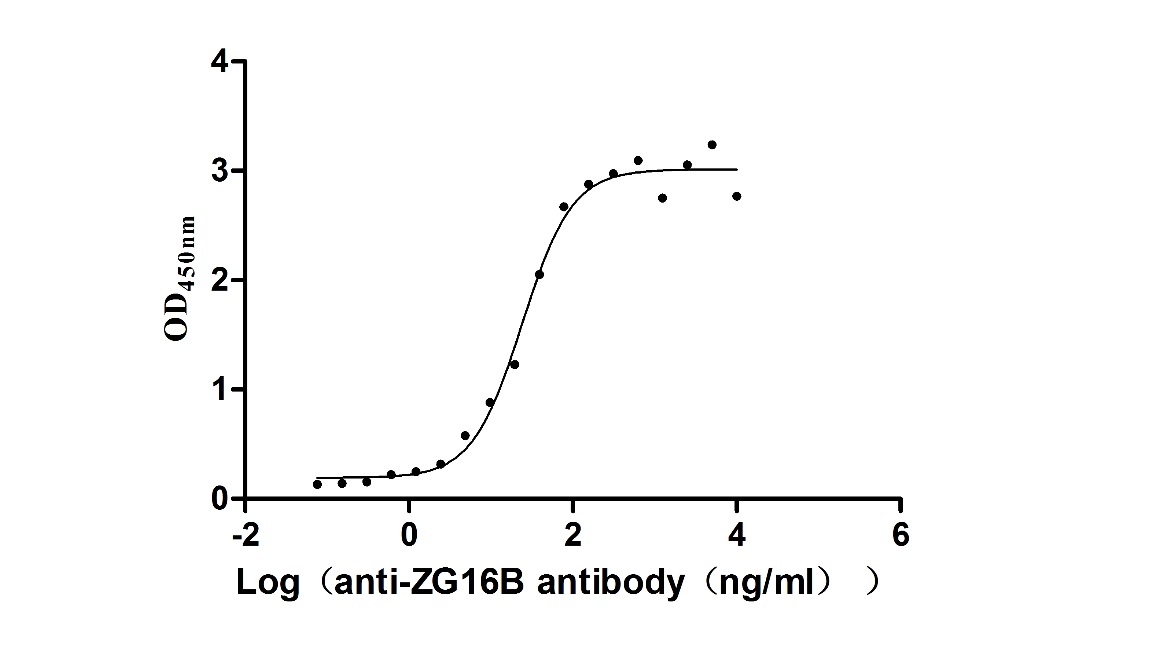
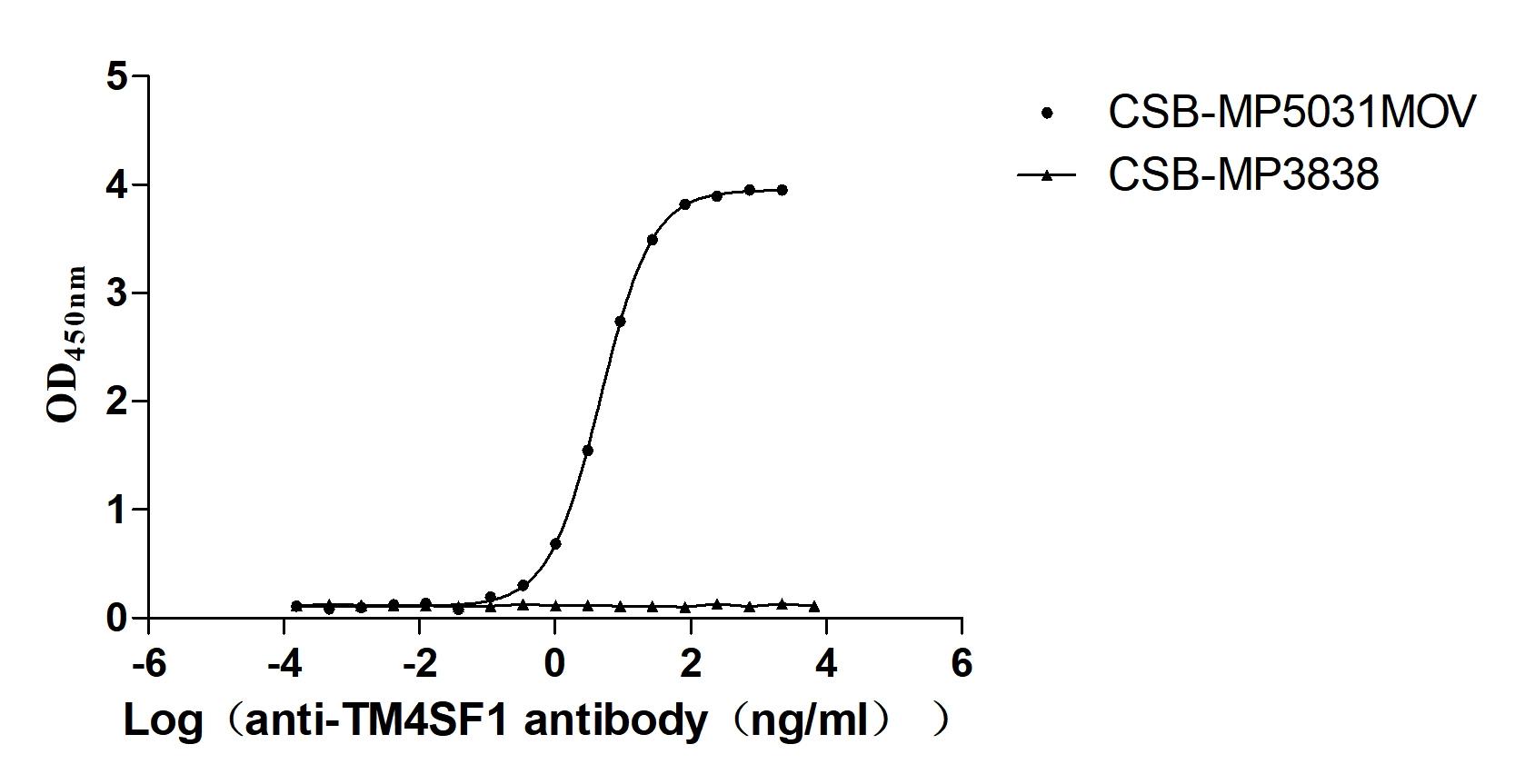
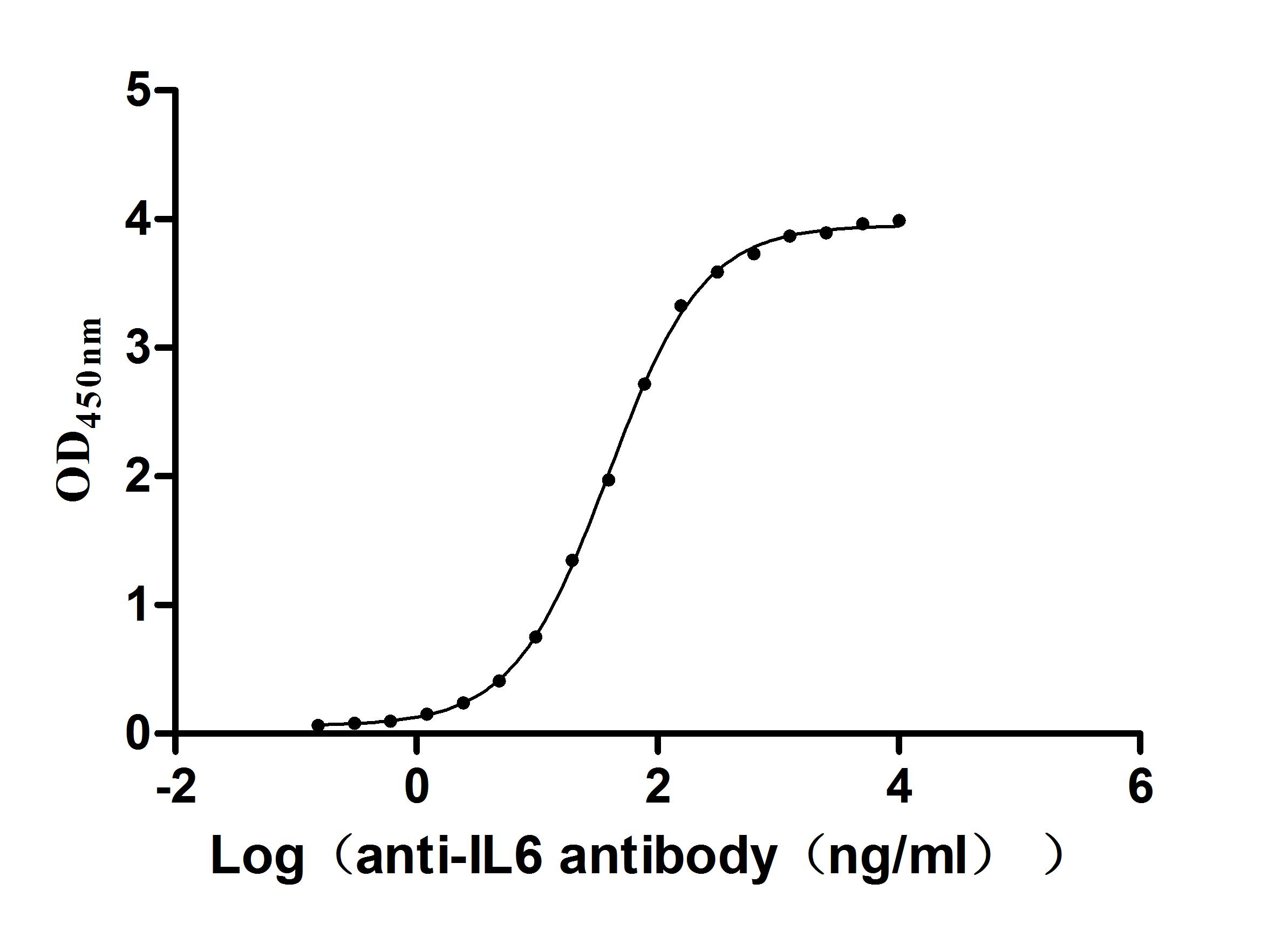
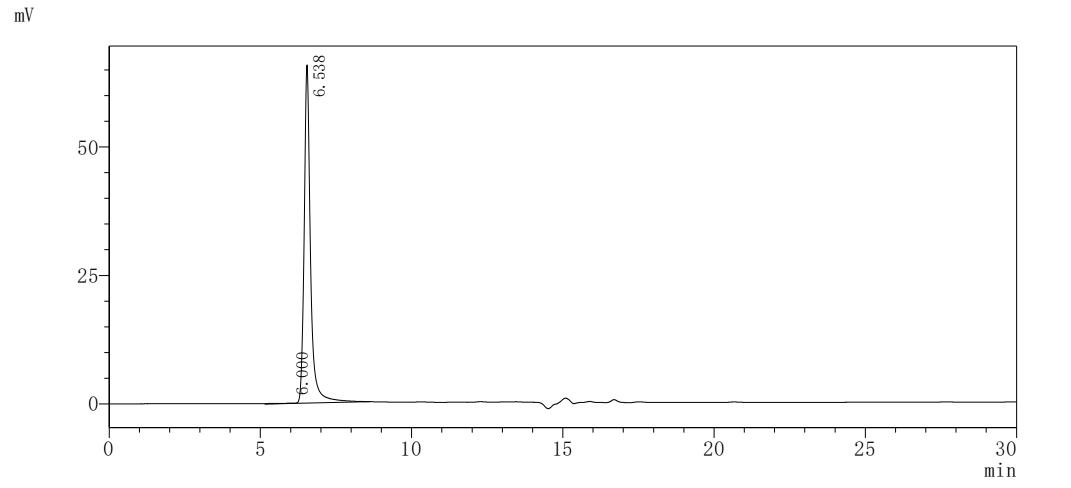
-AC1.jpg)




